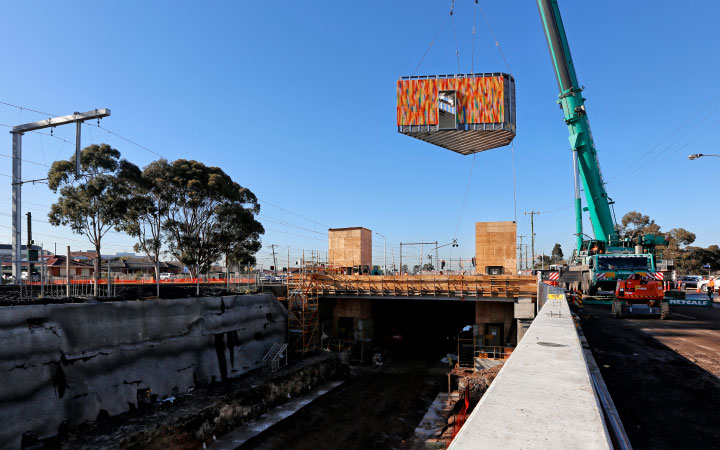Volumetric construction in Australia

Rob Colqhoun, Managing Director of Prebuilt spoke to CAMP.H (ARC) about Volumetric Construction in Australia covering the types of prefab construction in the Australian market, relevant applications, benefits of offsite construction, future opportunities, state government opportunities, industry readiness and the role of PrefabAUS.
Prebuilt was established in 2003 as a response to the need for well designed, high quality modular buildings that were more relevant than the low cost traditional relocatable homes that were available at the time.
Rob spoke about the four key methods of prefab construction including Kit of Parts, Flat Pack, Hybrid/Dfma and Volumetric. Prebuilt focuses primarily on volumetric construction with some application of hybrid where relevant.
Over the last 17 years Prebuilt has evolved to take on complex residential projects, education, train stations, health facilities, retail rollouts and community buildings. Predominantly the Residential section of the business continues to deliver high end custom and predesigned residential homes across Victoria and New South Wales.
The key benefits that Prebuilt realizes from offsite construction include quality control over the product, consultant and client access throughout the build process, site safety controls, reduced exposure to inclement weather, capabilities to deal with highly complex work sites and the ability to fast track installation to between 1-2 days typically.
Looking at future opportunities Prebuilt sees further demand from the residential sector as buyers seek to build homes on more complex sites – from coastal, rural & remote, countryside and urban sites. Internationally the trend for modular buildings is in affordable/ crisis housing, particularly in the US, something that we are not quite seeing in Australia, yet. Large scale education projects will continue to see demand for modular building with both the Victorian and NSW Governments investing billions into the sector, with the government realising the value in shorter timeframes, architectural design, reduced delivery risks, sustainable outcomes, innovation and comparable lifespans to traditional building.
Rob notes that the industry readiness is impacted by the number of players, sophistication of manufacturers, contract conditions that support prefab, compliance challenges, digital transformation and integration. There also exists a shortage of skilled management resources – from specialists and academics to industry experts. With this comes the importance of the role PrefabAUS plays; PrefabAUS are the peak industry body for prefabrication and offsite construction, established in 2013. Their role is to represent, showcase and advance Australia’s prefabricated building industry through collaboration, innovation and education.